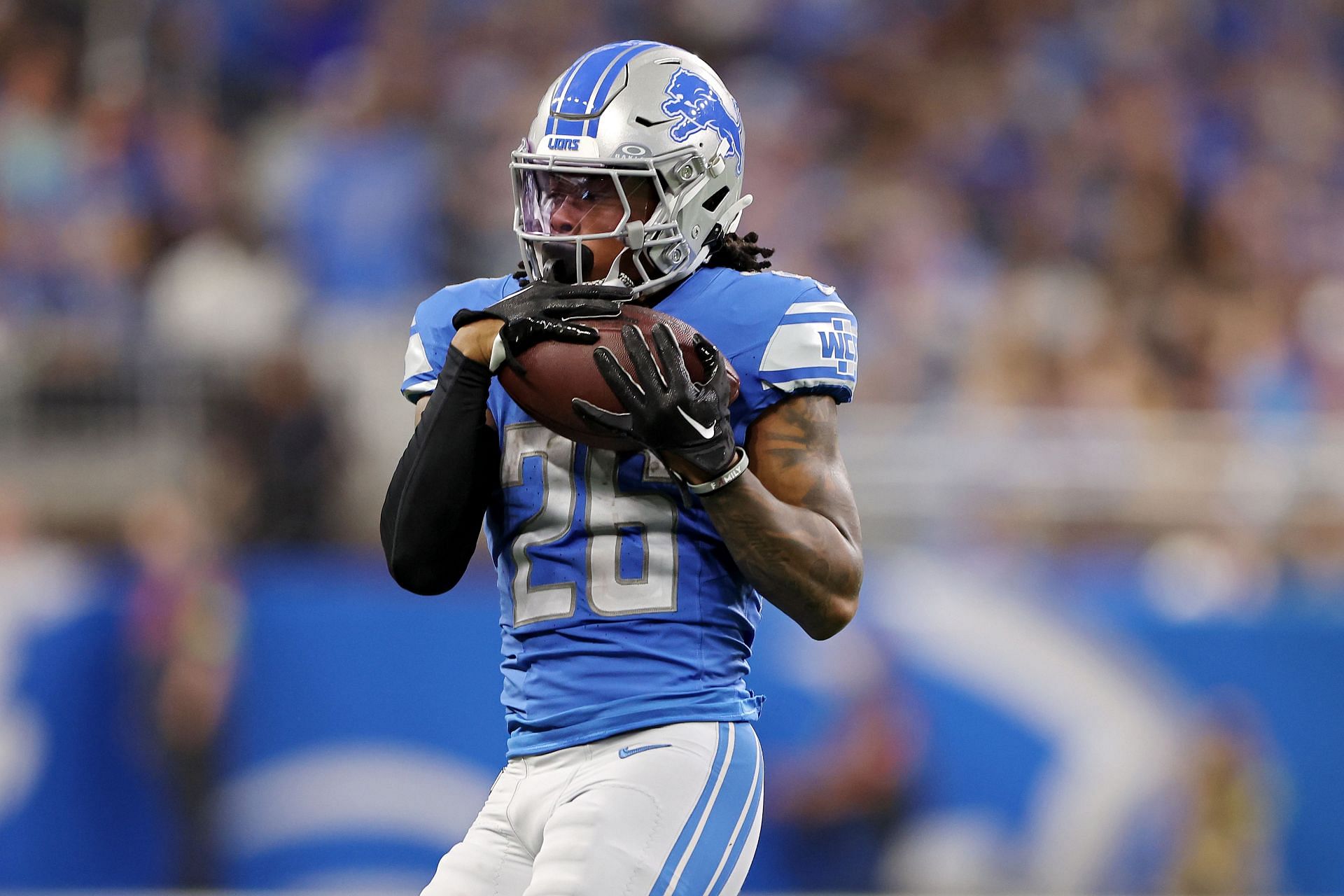Symptoms and Diagnosis: Gibbs Injury

A Gibbs fracture, also known as a “chauffeur’s fracture,” is a fracture of the distal radius, the bone in the forearm that connects to the wrist. It is a common injury, particularly among older adults, and often results from a fall onto an outstretched hand.
Common Symptoms
The symptoms of a Gibbs fracture can vary depending on the severity of the fracture. However, some common symptoms include:
- Pain in the wrist and forearm, which may be worse when moving the wrist.
- Swelling and bruising around the wrist.
- Tenderness to the touch around the fracture site.
- Difficulty moving the wrist or fingers.
- Deformity or a visible bump at the fracture site.
- Numbness or tingling in the hand or fingers.
Diagnostic Methods
Diagnosing a Gibbs fracture typically involves a combination of physical examination and imaging tests.
- Physical Examination: A doctor will examine the injured wrist and ask about the patient’s symptoms and how the injury occurred. They will check for tenderness, swelling, and deformity. They will also assess the range of motion in the wrist and fingers.
- Imaging Tests: X-rays are the most common imaging test used to diagnose a Gibbs fracture. They can show the extent of the fracture and whether there are any other injuries. In some cases, a CT scan or MRI may be needed to get a more detailed view of the fracture.
Importance of Early Diagnosis and Treatment
Early diagnosis and treatment of a Gibbs fracture are crucial to ensure proper healing and minimize the risk of complications. If left untreated, a Gibbs fracture can lead to:
- Deformity: The fracture may heal in a misaligned position, leading to a permanent deformity in the wrist.
- Limited Range of Motion: The fracture may heal with limited mobility, making it difficult to use the hand and wrist.
- Chronic Pain: The fracture may cause chronic pain and discomfort in the wrist.
- Arthritis: Over time, the fracture can lead to arthritis in the wrist joint.
Treatment and Rehabilitation

Recovering from a Gibbs injury can be a challenging journey, but with the right treatment and rehabilitation plan, you can regain your mobility and strength. The focus is on restoring knee function, reducing pain, and preventing future injuries.
Treatment Options
Treatment options for Gibbs injuries vary depending on the severity of the injury and the individual’s needs.
- Conservative Treatment: This approach focuses on non-surgical methods to manage pain and inflammation, and promote healing. It typically involves rest, ice, compression, and elevation (RICE) to reduce swelling. Pain medications, such as over-the-counter NSAIDs or prescription painkillers, may be prescribed. Physical therapy plays a crucial role in conservative treatment, helping to strengthen the surrounding muscles, improve range of motion, and restore stability to the knee joint.
- Surgical Treatment: In severe cases, surgery may be necessary to repair or reconstruct the injured ligaments. This may involve arthroscopic surgery, where small incisions are made to access the knee joint, or open surgery, where a larger incision is made to directly access the injured area. The specific surgical procedure will depend on the nature and severity of the injury.
Rehabilitation
Rehabilitation after a Gibbs injury is essential for regaining full function and preventing future injuries. The process typically involves:
- Physical Therapy: A physical therapist will design a personalized program to help you regain strength, flexibility, and mobility. This may include exercises such as range-of-motion exercises, strengthening exercises, and balance exercises.
- Exercises: Exercises are crucial for restoring strength and stability to the knee joint. Examples include quadriceps and hamstring strengthening exercises, calf raises, and knee flexion and extension exercises.
- Recovery Time: The recovery time after a Gibbs injury varies depending on the severity of the injury and the treatment approach. Conservative treatment typically takes a few weeks to a few months for recovery, while surgical treatment may require several months of rehabilitation.
Preventing Gibbs Injuries, Gibbs injury
While Gibbs injuries can happen unexpectedly, there are steps you can take to reduce your risk:
- Warm-up Properly: Before engaging in any physical activity, it is essential to warm up your muscles properly to prepare them for exertion.
- Use Proper Technique: When participating in sports or activities that put stress on your knees, ensure you use proper technique to avoid putting excessive strain on the ligaments.
- Strengthen Your Muscles: Strong muscles around the knee joint provide support and stability, reducing the risk of injuries. Regularly engage in exercises that target the quadriceps, hamstrings, and calf muscles.
- Maintain a Healthy Weight: Excess weight puts additional stress on your knees, increasing the risk of injury. Maintaining a healthy weight can help protect your knees.
- Wear Supportive Footwear: Choosing appropriate footwear can provide support and cushioning, reducing the impact on your knees.
Gibbs injury – The recent injury to Gibbs has cast a shadow over the team’s hopes for the season. However, the emergence of jahmyr gibbs as a potential replacement provides a glimmer of hope. His speed and agility could be a valuable asset, offering a chance to fill the void left by Gibbs’ absence.
While the team will miss Gibbs’ leadership and experience, they remain optimistic about their ability to overcome this setback.
The news of Gibbs’ injury has sent ripples through the team, prompting a search for a capable replacement. Meanwhile, the spotlight shines on rising star JJ McCarthy, whose performance in recent games has been nothing short of spectacular, as seen in this recent jj mccarthy news article.
While McCarthy’s success is exciting, the focus remains on Gibbs’ recovery, and the team’s hopes for a strong season hinge on his return.
